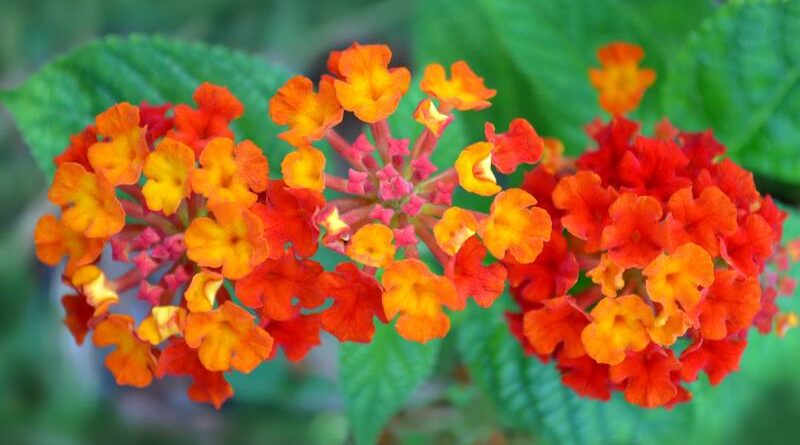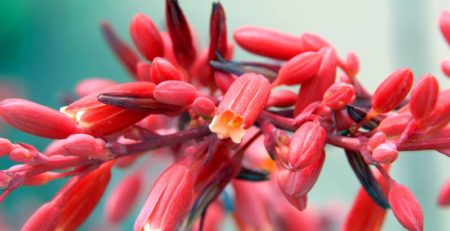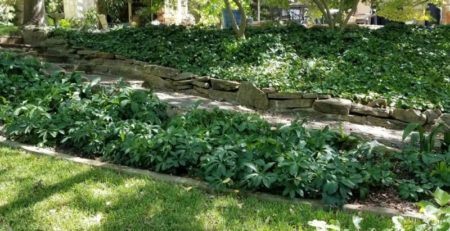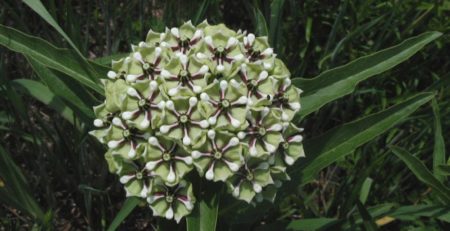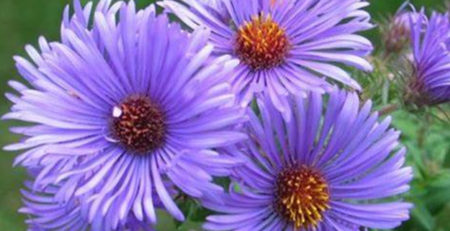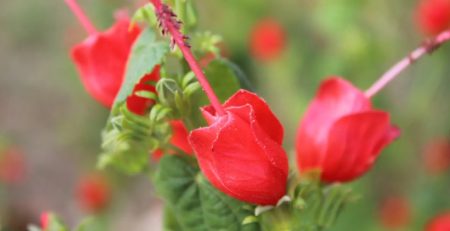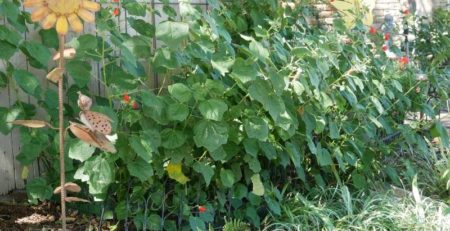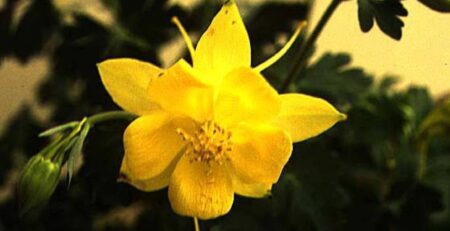Texas Lantana
Plant Description:
For a backdrop of brilliant, profusely-blooming, long-lasting color in an easy-care garden border, Texas Lantana is the perfect selection. Blooming with spectacular red, orange, and yellow flowers lasting from April through October, Texas Lantana is hardy throughout USDA zones 8-11. This lovely, Texas native will potentially reach a mature height and spread of 4-6 feet. While luring many beneficial pollinators to the garden, Texas Lantana is the primary food source of one specific butterfly called the Lantana Scrub Hairstreak. This perennial shrub is an ideal selection for a xeriscape or low-maintenance garden, as well as for a more formal garden border or large container.
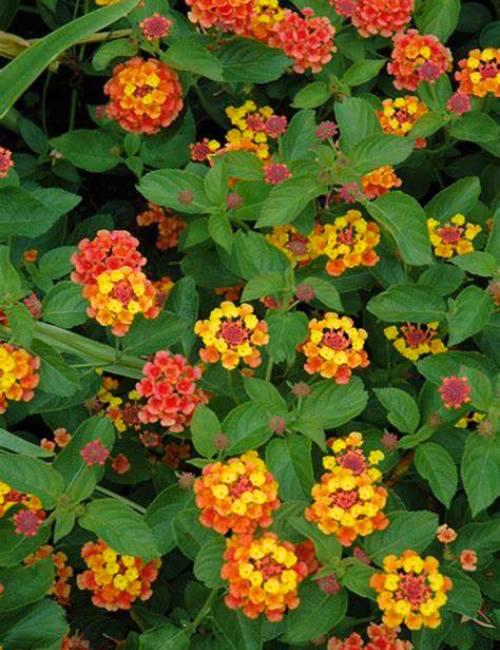
Common Name: Texas Lantana, West Indian Shrubverbena, Calico Bush, Native Orange
Botanical Name: Lantana urticoides
Category: Perennial
Lifecycle: Perennial
USDA Symbol: LAUR2
Hardiness Zones: 8A – 11B
Sun: Full Sun (6+ hours of sun per day)
Water: Low
Soil: Adaptable
pH: Adaptable
Height: 4 to 6 ft
Spread: 3 to 5 ft
Spacing: 3 to 4 ft
Growth Rate: Moderate
Maintenance: Low
Bloom Time: Seasonal
Bloom Color(s): Yellow, Red, Orange
Leaf Shape: Ovate
Leaf Arrangement: Opposite
Leaf Retention: Deciduous
Fruit: Edible to Birds/Wildlife
Fruit Time: Summer
Miscellaneous: Native Plant, Tolerates poor soil
Propagation & Planting:
Texas Lantana requires full sun (6 hours or more daily) and soil with excellent drainage. Plants should be placed at least 4 feet apart to allow enough space for their size at maturity. After flowering, clusters of dark berries ripen on the plant. The seeds may be removed from these berries for propagation and planted in late summer. Texas Lantana may also be propagated by digging the root ball and dividing it into smaller sections for re-planting. Several-inch-long cuttings taken in late summer root well when dipped into rooting hormone powder and pressed into moist, well-drained soil.
Plant Care:
Minimal care is required for Texas Lantana. This plant is not picky about soil, but excellent drainage is a requirement. Although Texas Lantana is extremely drought-tolerant, a deep, weekly watering is beneficial during the heat of summer. Care must be taken to avoid over-watering. Texas Lantana must be grown in a location receiving at least 6 hours of direct sunlight daily and should be provided with space around it to allow air to circulate. This plant does not require staking or other support.
Fertilize:
Texas Lantana plants do not require fertilizer unless container-planted. A container plant may respond well to a general, water-soluble 20-20-20 monthly fertilizer, applied according to the directions on the product label.
Prune:
Texas Lantana should be pruned back to about 8 inches in early spring to encourage fresh, new growth. Long stems may be trimmed back to maintain a neat form.
Pest & Disease:
Spider mites may occasionally appear on Texas Lantana. These may be treated with insecticidal soap, applied according to the product label directions. Too much water will quickly kill this plant.
PlantTAGG® is the most technically advanced mobile solution for helping gardeners learn about and care for their plants. PlantTAGG’s goal to educate gardeners blends seamlessly with the mission of the Master Gardener program to provide research-based horticultural information to the residents of Dallas County and beyond. To set up your own yard, download the PlantTAGG app.

